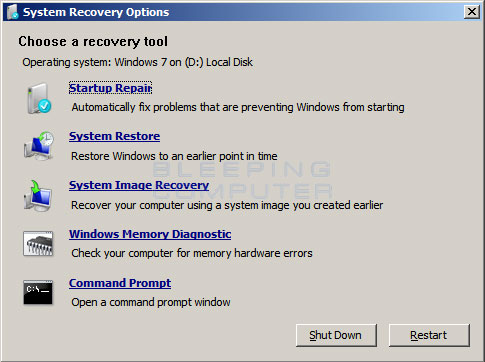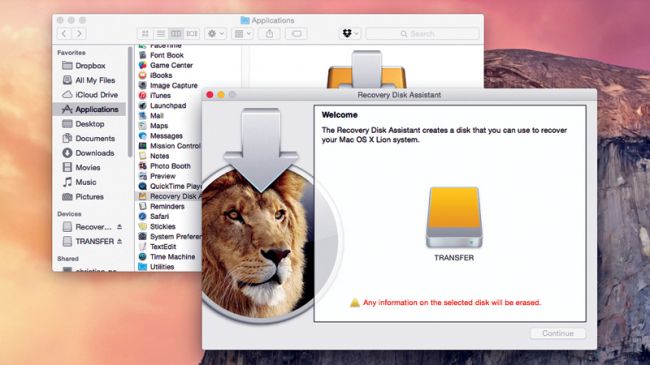

- #Usb image tool recovery windows 10#
- #Usb image tool recovery Pc#
- #Usb image tool recovery download#
- #Usb image tool recovery windows#
What’s more, you can also use the recovery USB to reinstall Windows with backing up systems files to it.
If your PC encounters these problems when running Windows, the recovery USB can help you reset the system, troubleshoot and repair the problems.
Windows 10 Recovery USB Size Requirementĭue to human error, blue screen error, virus attack, power failure, etc., computer system failures often occur.Unable to Create the Recovery USB due to Size Issue.

This post from MiniTool will help you learn more about the Windows 10 recovery USB size. If the USB capacity is too small, the creation will fail.
Type rescan to locate new disks that may have been added to the computer.Many people are troubled by Windows 10 recovery USB size. Use the system tool Disk Utility: Application > Utilities > Disk Utility. Use the graphical tool GParted or the command fdisk. Create a new disk partition by typing the following commands in the order listed:. Type select disk X (replace X with the number of the corresponding disk). Type list disk to display the list of drives and look up the number of the physical USB drive. You may need to confirm that you have administration rights. Click Start and in the Search field type cmd.exe to open the Command Prompt window. To reuse the USB drive for other purposes, you need to remove all disk partitions, create new partitions, and reformat the disk for your file system. The recovery file creates partitions on the USB flash drive. Recovering the USB flash drive for further use Kerio Control turns off after the recovery finishes. Wait for applying the kerio-control-rescue script. Plug the USB flash drive into a USB port of your Kerio Control Box. Save the kerio-control-rescue file to the USB flash drive using the following command: sudo dd if=rescue.img of=/dev/disk1 bs=1m and replace rescue.img with the real file name and /dev/diskX with the actual device name. Use the sudo diskutil unmountDisk /dev/diskX command to unmount the flash drive.  Use the sudo diskutil list command to detect the USB flash drive name (for example, /dev/diskX). Run the terminal: Applications > Utilities > Terminal. Eject the USB drive safely and remove it from the USB port. Use the sync command to ensure all disk operations finish. You must type the physical device (for example, /dev/sdx), not a partition (for example, /dev/sdx1). Save the kerio-control-rescue file to the flash drive using the following command: dd if=rescue.img of=/dev/sdx bs=1M and replace rescue.img with the real file name and /dev/sdx with the actual device name. Use the command fdisk -l to detect the USB flash drive name (for example, /dev/sdx). Run the terminal (console) in the super-user mode (for example, using the suor sudo -s command depending on your Linux distribution). NOTE: All data on the flash drive will be completely overwritten. Eject the flash drive securely and remove it from your computer. In Image Writer, find the file, select your flash drive and click Write.
Use the sudo diskutil list command to detect the USB flash drive name (for example, /dev/diskX). Run the terminal: Applications > Utilities > Terminal. Eject the USB drive safely and remove it from the USB port. Use the sync command to ensure all disk operations finish. You must type the physical device (for example, /dev/sdx), not a partition (for example, /dev/sdx1). Save the kerio-control-rescue file to the flash drive using the following command: dd if=rescue.img of=/dev/sdx bs=1M and replace rescue.img with the real file name and /dev/sdx with the actual device name. Use the command fdisk -l to detect the USB flash drive name (for example, /dev/sdx). Run the terminal (console) in the super-user mode (for example, using the suor sudo -s command depending on your Linux distribution). NOTE: All data on the flash drive will be completely overwritten. Eject the flash drive securely and remove it from your computer. In Image Writer, find the file, select your flash drive and click Write. Download the kerio-control-rescue file.Download and unpack Image Writer (it does not require installation).NOTE: All data on the flash drive is completely overwritten. Insert the flash drive into a USB port on your computer (1 GB and more).Preparing a flash drive for a complete system recoveryįor complete system recovery, you must save the installation disk image directly to the physical device. WARNING: Before doing a complete system recovery, restore the default configuration, and then retest the connection to Kerio Control.







 0 kommentar(er)
0 kommentar(er)
